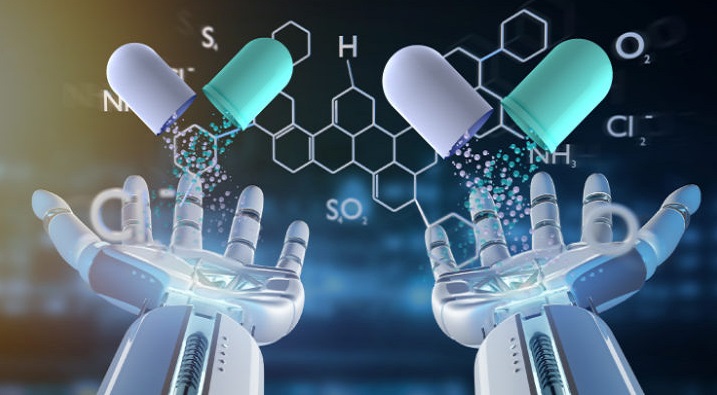China’s biotechnology sector is experiencing an unprecedented transformation that’s capturing global attention and reshaping investment landscapes across Asia. The remarkable 60% surge in China’s biotech boom, stocks since January 2025 represents more than just market enthusiasm—it signals a fundamental shift in the global pharmaceutical industry’s power dynamics.
The Hang Seng Biotech Index’s stellar performance has left even artificial intelligence stocks in the dust, outpacing China’s tech sector gains by more than threefold. This dramatic rise stems from a series of game-changing licensing deals that have validated Chinese pharmaceutical innovation on the world stage. When Pfizer agreed to pay a record-breaking $1.25 billion to license an experimental cancer drug from China’s 3SBio Inc., it marked a pivotal moment that recognized Chinese biotech companies as serious players in global drug development.
The momentum continued with Bristol-Myers Squibb’s massive $11.5 billion licensing agreement with Germany’s BioNTech for a cancer drug originally developed by Chinese company Biotheus Inc. These mega-deals demonstrate how Chinese pharmaceutical companies have evolved from contract manufacturers to innovative drug developers capable of creating breakthrough therapies that multinational corporations are eager to access.
Individual company performances tell an even more compelling story. 3SBio’s astronomical 283% stock price increase topped global biotech performance charts, while RemeGen Co. climbed over 270% after revealing interest from multiple international pharmaceutical firms. These aren’t isolated success stories but part of a broader trend that reflects genuine scientific advancement and commercial viability.
The surge in initial public offerings further reinforces investor confidence in Chinese biotech prospects. Duality Biotherapeutics Inc. more than doubled on its Hong Kong trading debut, eventually rising 189% since its IPO. Jiangsu Hengrui Pharmaceuticals, China’s largest drugmaker by market capitalization, jumped 25% on its first trading day despite being priced at the top of its marketed range.
First-quarter merger and acquisition activity reached $36.9 billion, doubling from the previous year and representing more than half of global pharmaceutical deal value. This unprecedented level of transaction volume indicates that international pharmaceutical companies view Chinese biotech firms as essential partners rather than competitors.
Trade tensions between the United States and China, while challenging for many sectors, have unexpectedly benefited Chinese biotechnology development. Returning talent from overseas has strengthened domestic research and development capabilities, creating a deeper pool of expertise that’s driving innovation forward.
Investment analysts characterize this phenomenon as Chinese biotech’s “DeepSeek moment,” referencing the breakthrough artificial intelligence application that demonstrated China’s technological capabilities. The comparison highlights how Chinese companies are achieving recognition for fundamental innovation rather than incremental improvements.
Many Chinese biotech companies have established strategic partnerships with American firms, positioning themselves as service providers rather than direct competitors. This approach helps navigate regulatory complexities while maintaining access to crucial international markets.
Market observers acknowledge potential volatility ahead, with some analysts suggesting profit-taking opportunities may emerge. However, the fundamental drivers behind this biotech renaissance—genuine scientific innovation, increasing international recognition, and substantial commercial validation—suggest that China’s biotechnology sector has achieved a sustainable competitive position in the global pharmaceutical landscape.

